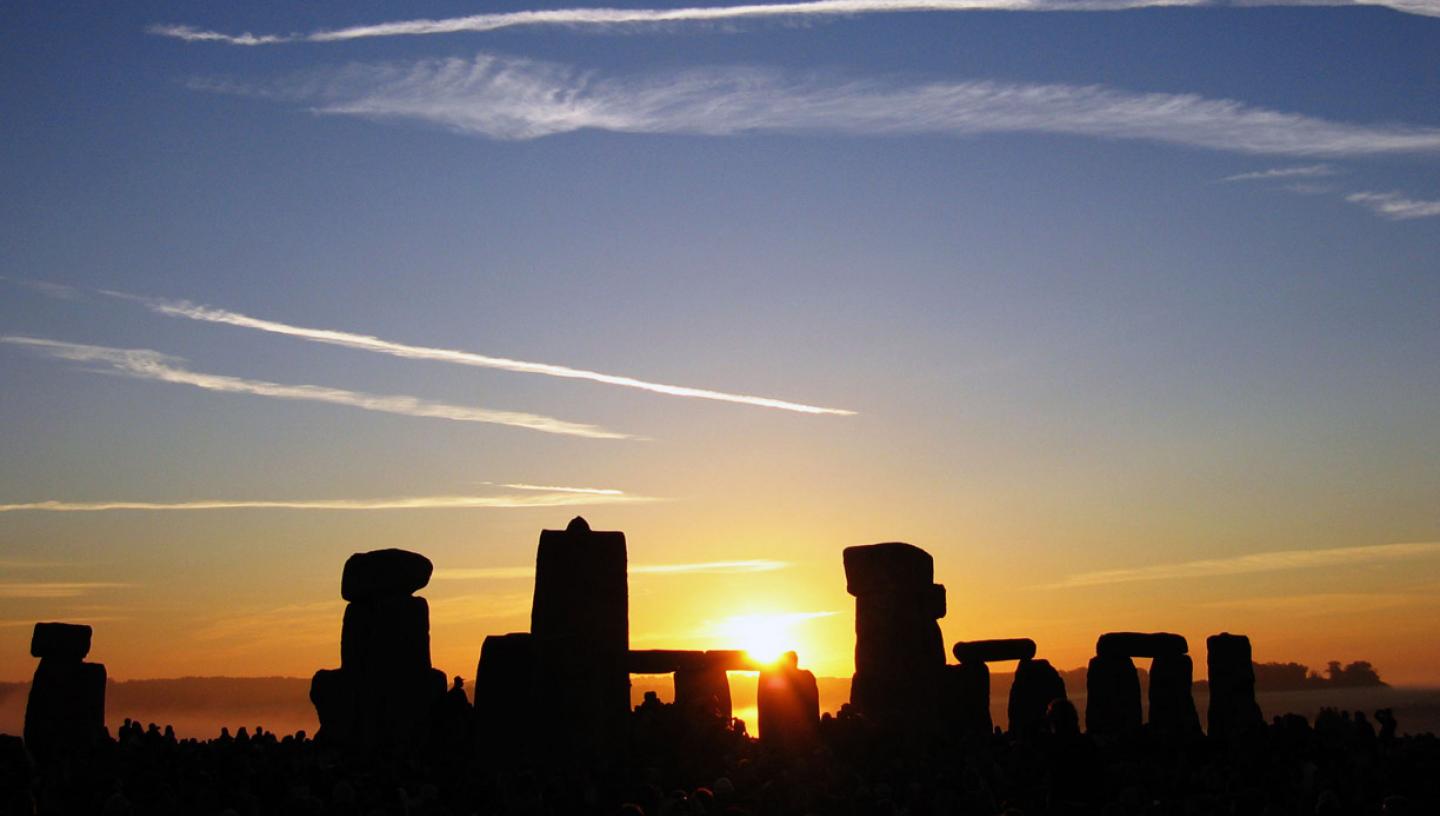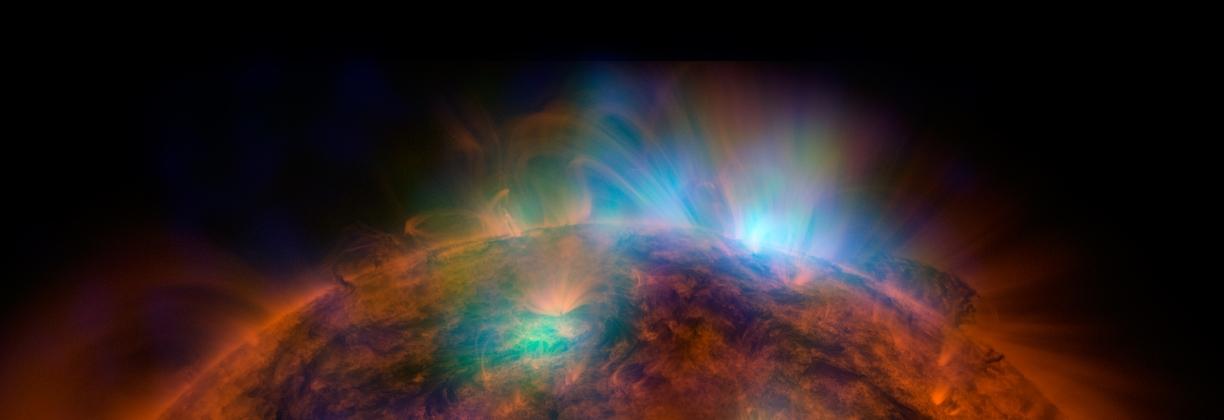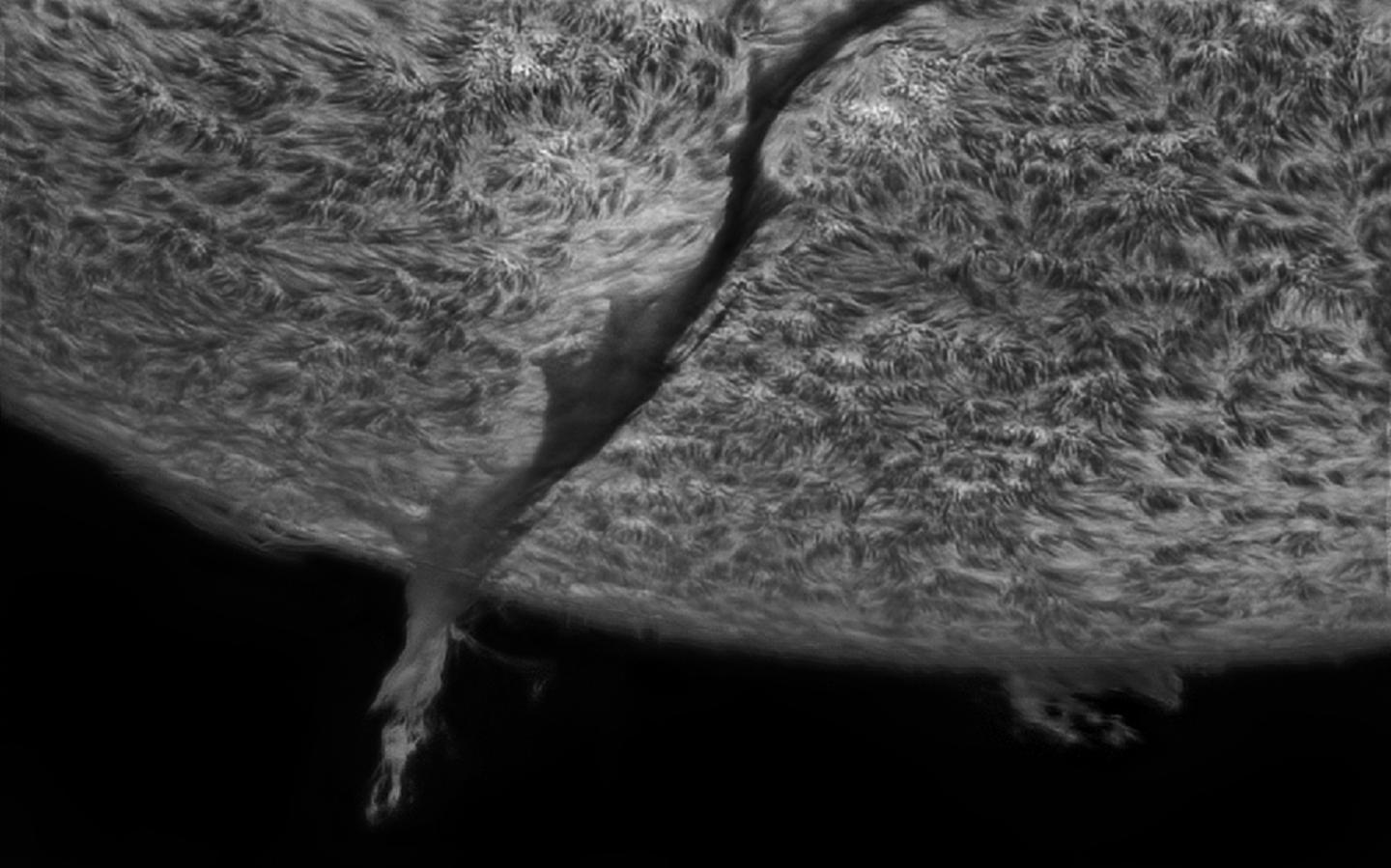
Essential Information
| Location |
Royal Observatory
|
|---|---|
20 Dec 2016
Did you know the December solstice occurs at the same time for everyone on Earth?
The December Solstice occurs on Wednesday December 21st at 10:44 GMT, though depending where you are it may have very different meanings. Here in the Northern hemisphere we call it the Winter Solstice, meanwhile the Southern hemisphere will be enjoying their summer solstice.

The winter solstice marks the shortest day and longest night, though not the latest sunrise or earliest sunset (due to the discrepancy between 'solar time' and our clocks). So from here on in, days will be getting longer and hours of darkness decreasing.
Under the old Julian Calendar, the winter solstice occurred on 25 December. With the introduction of the Gregorian calendar the solstice slipped to the 21st, but the Christian celebration of Jesus’s birth continued to be held on 25 December. This date is also associated with the Roman festivals of ‘Dies Natalis Solis Invicti’ (the birthday of the unconquered sun) and Saturnalia (in honour of the god Saturn), as well as Nordic pagan festivals.

In astronomical terms, at the solstices the Sun is at its furthest from the celestial equator (the projection of the Earth’s equator onto the sky). ‘Solstice’ comes from a Latin word meaning ‘Sun stands still’, because the apparent north-south movement of the Sun in the sky stops before reversing direction. At the winter solstice, the apparent position of the Sun reaches its most southerly point against the celestial background. Some see the solstice as marking winter’s start, others its central point. Either way, we wish you a Happy Solstice, and a Merry Christmas!